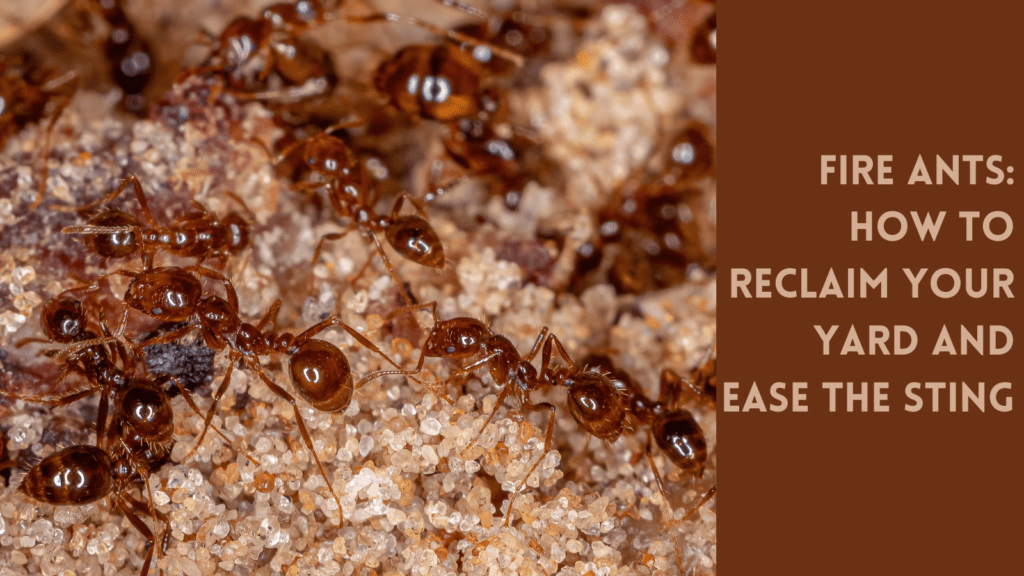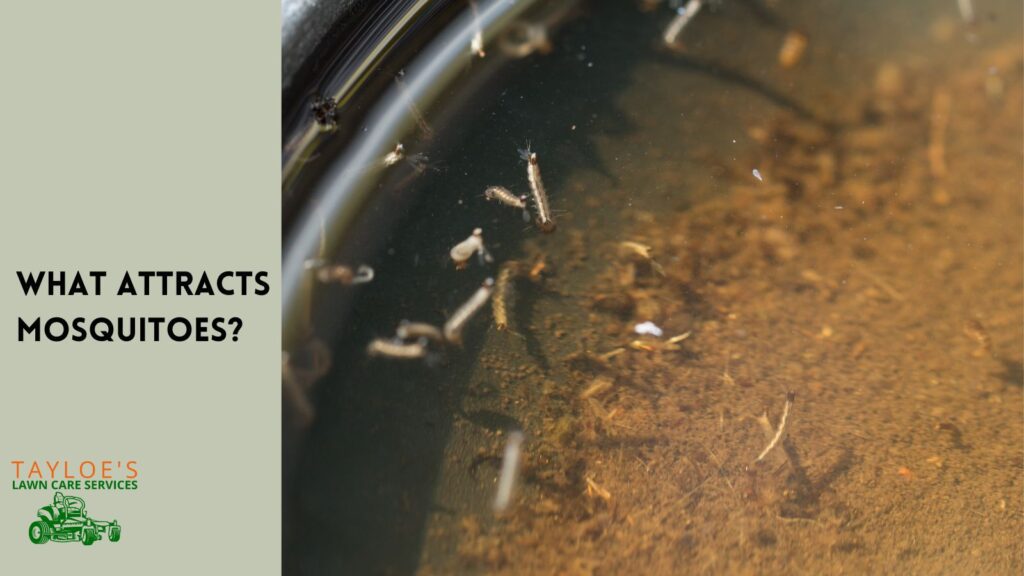Last Updated on: 5th January 2024, 03:41 pm
Raised burrows and damaged, brown grass may indicate moles or voles.
When maintaining a pristine lawn, moles and voles can be the bane of every homeowner’s existence. These critters burrow through the soil, damaging grass and plants, leaving unsightly tunnels and mounds in their wake.
In this comprehensive guide to managing moles and voles, we will discuss how to identify, prevent, and eliminate moles and voles effectively. And remember, we are here if you need help with routine yard maintenance or battling these pesky invaders.
Identifying Moles and Voles
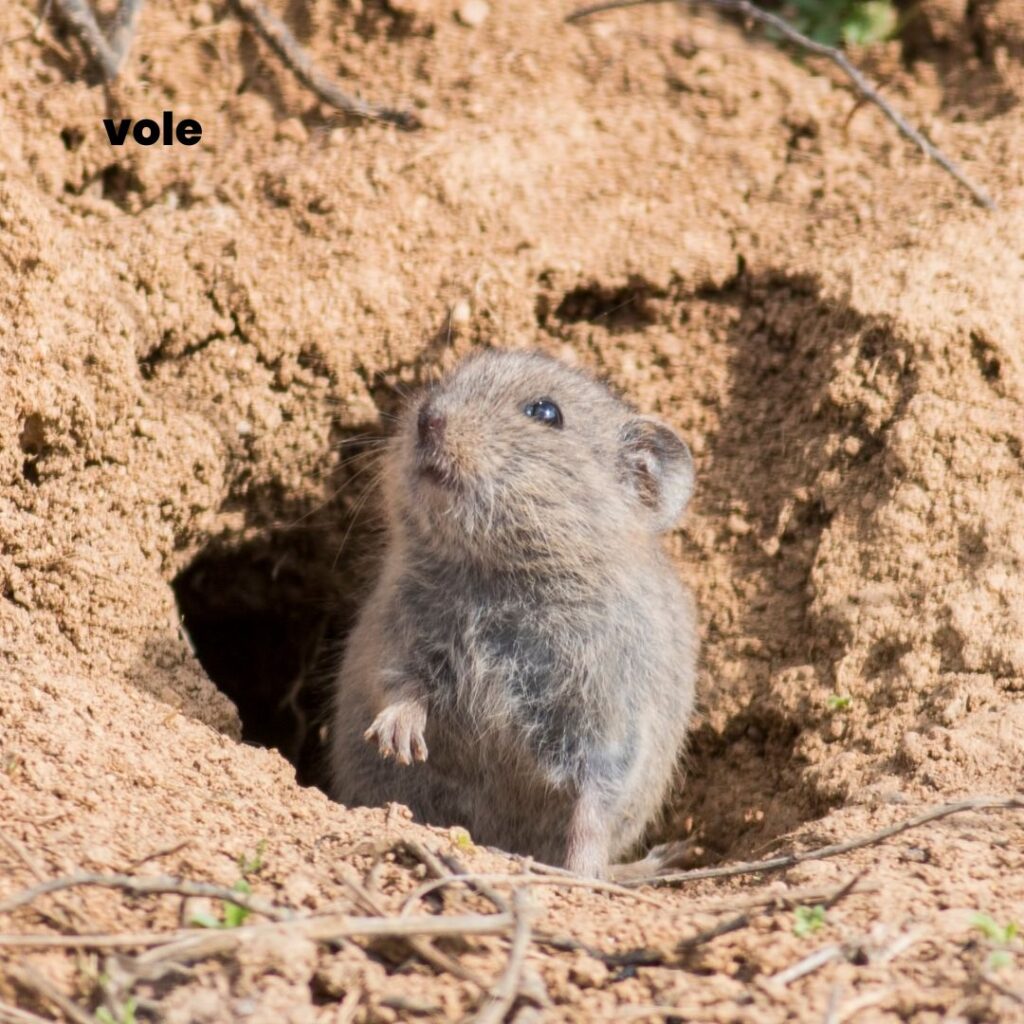
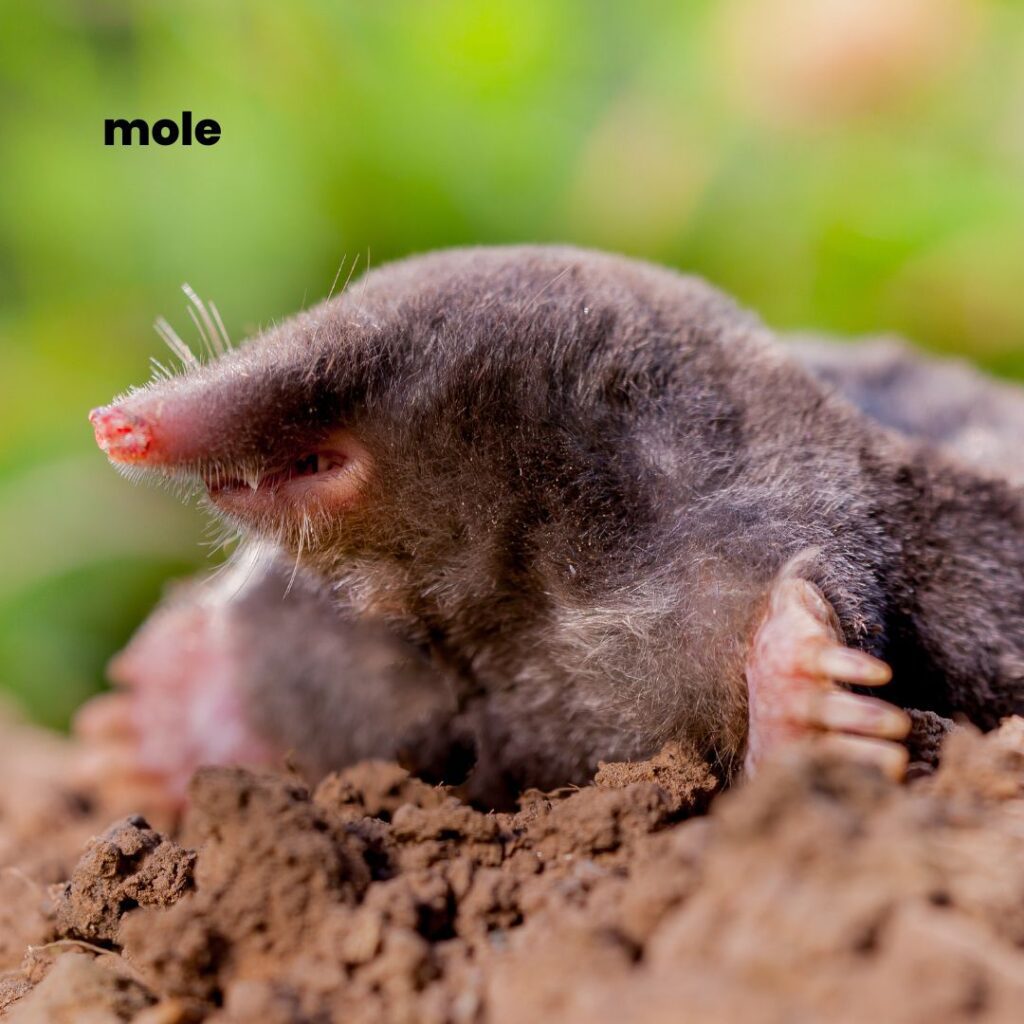
How can you tell the difference between the two species? Look for these features:
Physical Characteristics of Moles
Moles are small mammals with cylindrical bodies, short limbs, and large, shovel-like forepaws adapted for digging. They have velvety fur, tiny eyes, and ears hidden beneath their fur. Moles are typically four to eight inches long, and their fur color varies from gray to dark brown.
Physical Characteristics of Voles
Voles, also known as meadow mice or field mice, are small rodents with compact bodies, short legs, and a short, hairy tail. They have small, rounded ears, and their fur ranges from gray to reddish-brown. Voles are generally four to six inches long. They resemble the common house mouse.
Signs of Mole and Vole Activity in Your Yard
Look for raised ridges or surface tunnels in your lawn, which indicate mole activity. Moles create these tunnels while searching for food, such as earthworms and grubs. In contrast, voles create small, round holes in the ground with a diameter of about one to two inches. You may also notice irregularly shaped patches of dead grass, called “runways,” where voles have been feeding on roots and stems.
Understanding Mole and Vole Behavior
The two rodents also vary in their behaviors–although the damage they will harm your lawn either way.
Mole Feeding Habits and Burrowing Behavior
Moles are primarily insectivores, feeding on earthworms, grubs, and other soil-dwelling insects. They are solitary creatures that spend most of their lives underground, digging elaborate tunnel systems to search for food. Moles can cause extensive damage to lawns and gardens by disrupting root systems and leaving unsightly mounds of soil.
Vole Feeding Habits and Burrowing Behavior
Voles are herbivores that primarily feed on the roots, stems, and leaves of plants. They create shallow burrows and tunnels, which can damage the root systems of grass and other plants. Voles can also cause damage to trees and shrubs by gnawing on bark and roots.
Factors That Attract Moles and Voles to Lawns
Factors that attract moles and voles to lawns include abundant food sources, such as earthworms, grubs, and plant material, and favorable habitats, such as moist, well-aerated soil, and dense vegetation.
Prevention Strategies for Moles and Voles
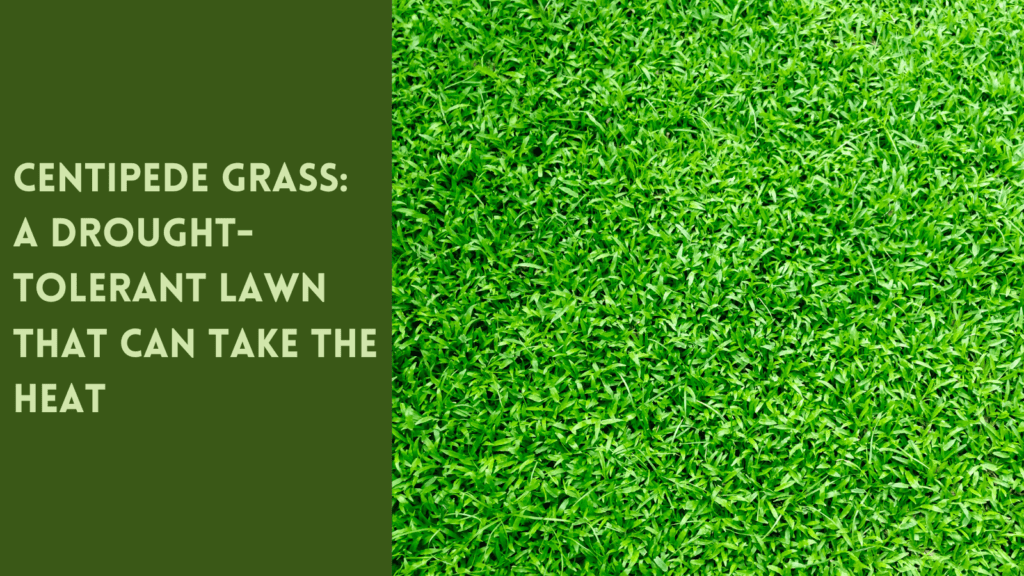
Lawn Care Best Practices to Deter Moles and Voles
- Mowing and watering: Keep your grass mowed to the proper height and water your lawn moderately. Overwatering can create a damp environment that attracts moles and voles.
- Soil aeration and dethatching: Regularly aerate your lawn and remove thatch buildup to promote healthy grass growth and discourage burrowing activity.
- Fertilization and pest control: Apply fertilizers judiciously and use targeted pest control to reduce the number of grubs and other soil insects that attract moles. This will also help maintain a healthy lawn. Thus, it can better withstand mole and vole damage.
Natural Predators and Their Role in Mole and Vole Control
Encouraging the presence of natural predators, such as birds of prey, snakes, and domestic cats, can help control mole and vole populations. Provide suitable habitats for these predators, like birdhouses and brush piles, to make your yard more inviting to them.
Landscape Design Considerations to Minimize Mole and Vole Habitats
Reduce dense vegetation and ground cover to make your yard less hospitable to moles and voles. Consider using gravel or rocks as mulch around trees and garden beds to deter burrowing activity. Additionally, minimize the overuse of heavy organic mulch, which can provide cover and food sources for voles.
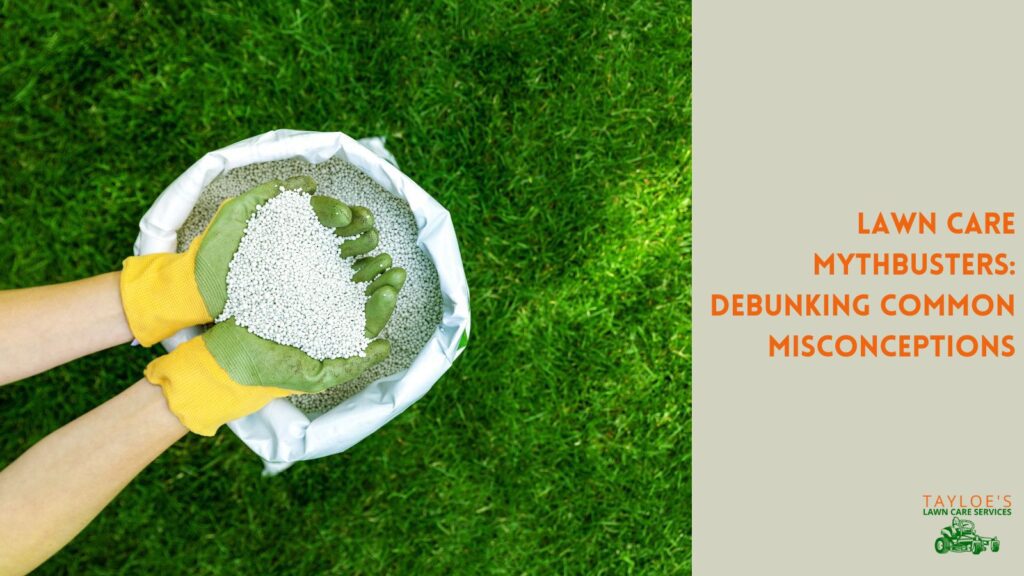
Mole and Vole Removal Techniques
Trapping Moles or Voles
- Types of traps: Various traps are available for mole and vole control, including scissor traps, choker loop traps, and live traps. Choose a trap appropriate for the pest you are dealing with and follow the manufacturer’s instructions.
- Proper trap placement and baiting: Place traps near active tunnels or runways and use appropriate bait, such as peanut butter for voles, to increase the likelihood of successful trapping.
- Best practices for safe and humane trapping: Check traps frequently to minimize stress on trapped animals, and release or dispose of them according to local regulations and humane guidelines.
Repellents
- Natural and chemical repellents: Various natural and chemical repellents are available, including castor oil, garlic, and commercial products specifically formulated for mole and vole control. Research the effectiveness and safety of these products before using them.
- Effectiveness of repellents: Repellents may provide temporary relief from mole and vole activity but are generally less effective than trapping or other control methods.
- Proper application and safety precautions: Follow the manufacturer’s instructions for proper application and dosage, and take necessary safety precautions to protect yourself, your family, and your pets.
Biological Control Methods
- Introduction of natural predators: As mentioned earlier, encouraging the presence of natural predators can help control mole and vole populations. Be aware, however, that not all predators may be suitable for every yard or situation.
- Parasites and pathogens: Research is ongoing to explore the potential of using parasites and pathogens to control mole and vole populations. Always consult with a professional before attempting to use these methods.
- Nematodes and other biological control agents: Some beneficial nematodes have shown promise in controlling mole and vole populations. Consult a professional to determine if this option suits your situation.
Physical Barriers
- Fencing and underground barriers:
: Installing fencing or underground barriers around your garden beds and other vulnerable areas can help prevent moles and voles from accessing those areas. Use hardware cloth or other durable materials to create a barrier that extends at least 12 inches below the ground and stands 6-12 inches above the ground.
- Raised garden beds and plant protection: Constructing raised garden beds can help deter voles from accessing plants, as they are less likely to climb than a burrow. Protect individual trees and shrubs by wrapping the base with wire mesh or hardware cloth.
- Mesh wire and other physical deterrents: Placing mesh wire or other physical deterrents beneath decks, sheds, and other structures can help prevent moles and voles from establishing burrows in those areas.
Evaluating and Monitoring Success
Signs of Successful Mole and Vole Control
Indicators of successful mole and vole control include a reduction in visible burrows, tunnels, and runways and a decrease in plant damage. Remember that it may take time to see significant results, and you may need to adjust your strategies as needed.
Ongoing Monitoring and Maintenance
Regularly inspect your lawn and garden for signs of mole and vole activity, and address any issues promptly to prevent further damage. Maintain a consistent lawn care routine, and continue to use prevention strategies to keep your yard unattractive to moles and voles.
Adjusting Strategies as Needed
If your initial efforts to control moles and voles are unsuccessful, consider trying alternative methods or consulting with a professional for additional guidance.
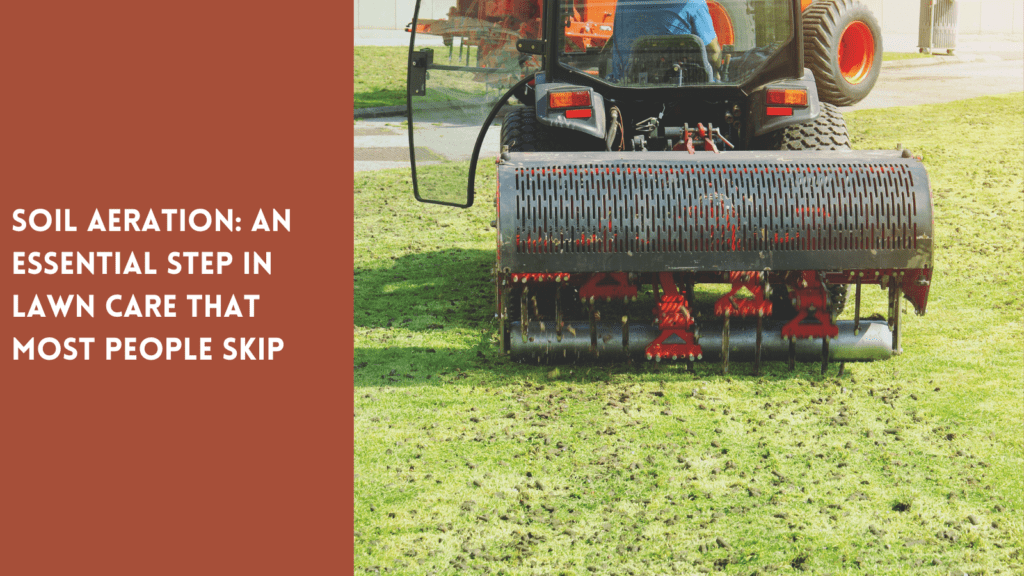
The Takeaway: Don’t Ignore Moles or Voles (the damage only worsens over time)
Maintaining a healthy, mole and vole-free lawn requires diligence, persistence, and the right combination of prevention and control strategies. Following the guidelines outlined in this guide can help protect your beautiful lawn from these pesky invaders. And if you need assistance with routine yard maintenance or dealing with moles and voles, don’t forget to call Tayloe’s Lawn Care Services near Ahoskie for expert help. Share your experiences and success stories in the comments below, and let’s work together to keep our lawns looking their best.
Author Profile

- Deborah Tayloe is the CEO and co-founder of Tayloe's Lawn Care Services, LLC. She has a B.S.Ed and holds certificates in soil and water management and herbology from accredited programs.
Latest entries
 GardeningSeptember 27, 2025What perennials, shrubs, and trees don’t like fall pruning (and why)?
GardeningSeptember 27, 2025What perennials, shrubs, and trees don’t like fall pruning (and why)? Trees and ShrubsSeptember 14, 2025Fall Shrub Pruning Guide (September–October)
Trees and ShrubsSeptember 14, 2025Fall Shrub Pruning Guide (September–October) Trees and ShrubsApril 22, 2025Boxwood Blight: Early identification and isolation
Trees and ShrubsApril 22, 2025Boxwood Blight: Early identification and isolation Flower GardenApril 8, 2025John F. Kennedy Rose: Hybrid tea rose with elegant white blooms
Flower GardenApril 8, 2025John F. Kennedy Rose: Hybrid tea rose with elegant white blooms





